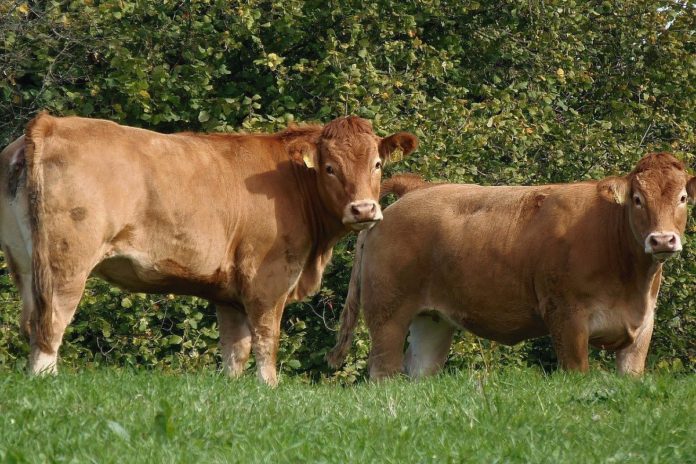All sucker farmers should have a heifer replacement strategy, writes Austin Callaghan, drystock advisor, Teagasc Claremorris.
On-farm, there are many strategies, some good, some poor and others are non-existent.
To improve your herd from year-to-year, there should be a good replacement policy in place. Where you do not implement a clear-cut replacement strategy, the farm will always end up chasing good performance.
The farm will have low productivity, and, in many cases, this will be combined with high costs.
The replacement policy should revolve around understanding the need to replace a minimum of 15% of your herd each year.
Cows will need to be culled for many reasons such as poor fertility, calving issues, age, lameness, poor milking cows, udder problems, calf quality and cow docility.
All farmers recognise the need to replace but practices on many farms are reactionary. In other words, they replace when you have to and hope for the best.
Calving heifers from 22-36-months
Some farmers retain many of their heifers. In some cases, these heifers are not calved until they are 3-years-old. This is highly expensive where there are many hidden costs.
The main costs are the high feed costs and the fact that these heifers are non-productive as 2-3-years-olds. It is the same as having a cow that does not have a calf.
In an ideal world, you would breed all your own replacements. This, on most farms, is not possible as the quality of the heifers coming through is not adequate.
In addition, these homebred heifers need to calf at 22 – 26 months. Otherwise, they become too expensive and, in the case where they are calved as 3-years-old, you need to recognise that it is almost 4 years before you have a sale from this heifer.
Where you are not willing to calf home-bred heifers at 22- 26 months, you would be better to purchase your replacements.
A good replacement strategy should recognise:
1. You need to replace a minimum of 15% of the herd on a yearly basis;
2. Where breeding performance is poor such as late calving into April, May and June or if the calving spread is large this replacement rate would need to be well in excess of 20%;
3. A good replacement strategy should aim to improve the quality of the herd from year-to-year. Ask yourself has the quality of your cow herd improved over the last 5 – 10 years?
Homebred heifers should ideally, be born in January and February and they should be of suitable size to put-in calf the following April or May.
The heifers in April or May should be 60% of their expected mature cow weight, probably in the region of 390 – 420kgs.
Buying replacements
In a 20-cow herd, you need 3 – 4 of these heifers each year. If you do not have these heifers, weanling sales over the coming months provide an ideal opportunity to source such heifers. Purchase good-quality heifers that will develop into quality cows.
Some farmers find the process of buying such stock at marts difficult as they generally do not buy many cattle.
In this instance, consider buying directly from a farmer who has a good cow herd and has many suitable replacements. This can be advantageous in that you know a bit more about the cattle.
Buying replacements can be problematic in terms of biosecurity and cow docility. For this reason, buy early on and keep this group separate from other cattle, where possible.
This will allow you to observe for sickness or if any of these heifers show signs of being giddy or wild, in which case, they should not be bred.
Replacement index
And finally, the replacement index is a good tool to access the fertility and milking ability of these heifers and it should not be ignored.
Your replacement policy, in addition to improving herd quality; it should not cause a reduction in herd fertility or result in cows having reduced levels of milk.
All the best with this and remember these heifers need to be well cared for so that that they continue to thrive up to and after calving.





